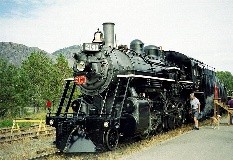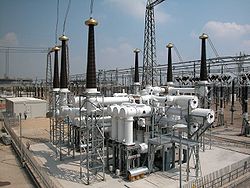MultiGroundZ
This package adds the following features to the MultiGround software, making it the preferred tool for the study of large substations and plants:
- Calculation of longitudinal impedances and voltage drops in grounding grid conductors. Whereas these voltage drops are scarcely noticeable in small grounding grids or even in large grounding grids in high resistivity soils, they can have a considerable influence on medium to large sized grounding grids in low to moderate soil resistivities or on long conductors such as pipes. Software that neglects voltage drops in grid conductors can dramatically underestimate grounding requirements near high voltage equipment and overestimate grounding requirements everywhere else. By accounting for conductor impedances, MALZ provides improved safety and reduced construction costs. MALZ also allows you to estimate voltage stresses on control cables running between two parts of an installation.
- Modeling of coated conductors, such as pipelines and insulated cables. This means that you can calculate electrical potentials transferred to nearby buried pipes, associated coating stress or touch voltages, and potentials transferred by these pipes to remote locations. You can also correctly account for the grounding afforded by pipelines: these can easily reduce the ground impedance of a grounding grid by an order of magnitude and eliminate what might otherwise appear to be a major problem.
- Multiple current injections, each with its own magnitude and phase angle, into different parts of each grounding system modeled, in order to account for circulating currents and the stress voltages they incur. This replaces the voltage energization available in plain MultiGround.
- High frequency impedance of the grounding system.
- Magnetic field calculation (above grade).
- Polarized potential can be specified on each conductor for cathodic protection studies.
This additional power is obtained by adding the more complete MALZ program in the MultiGround package.





